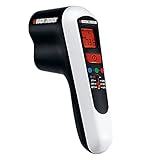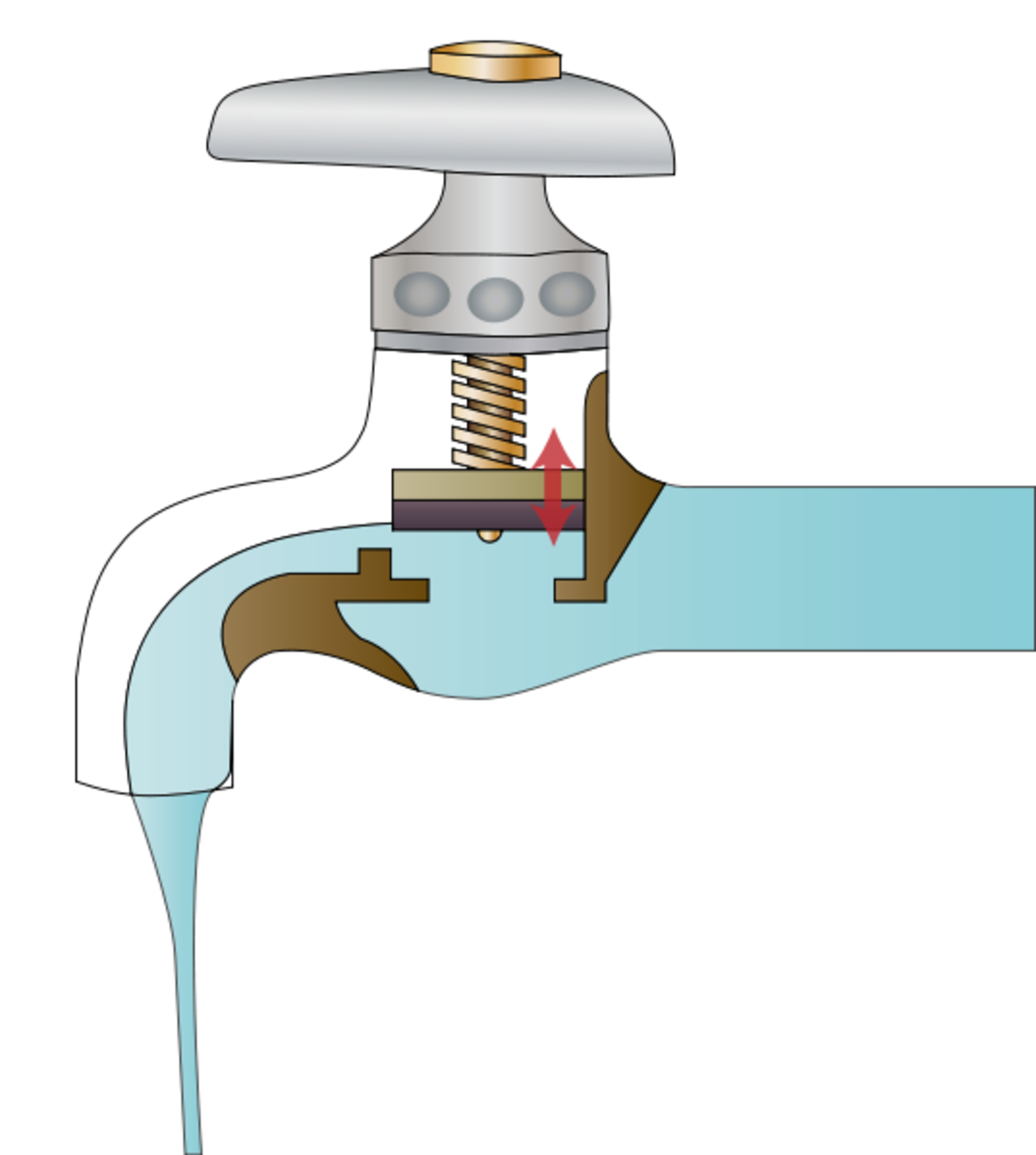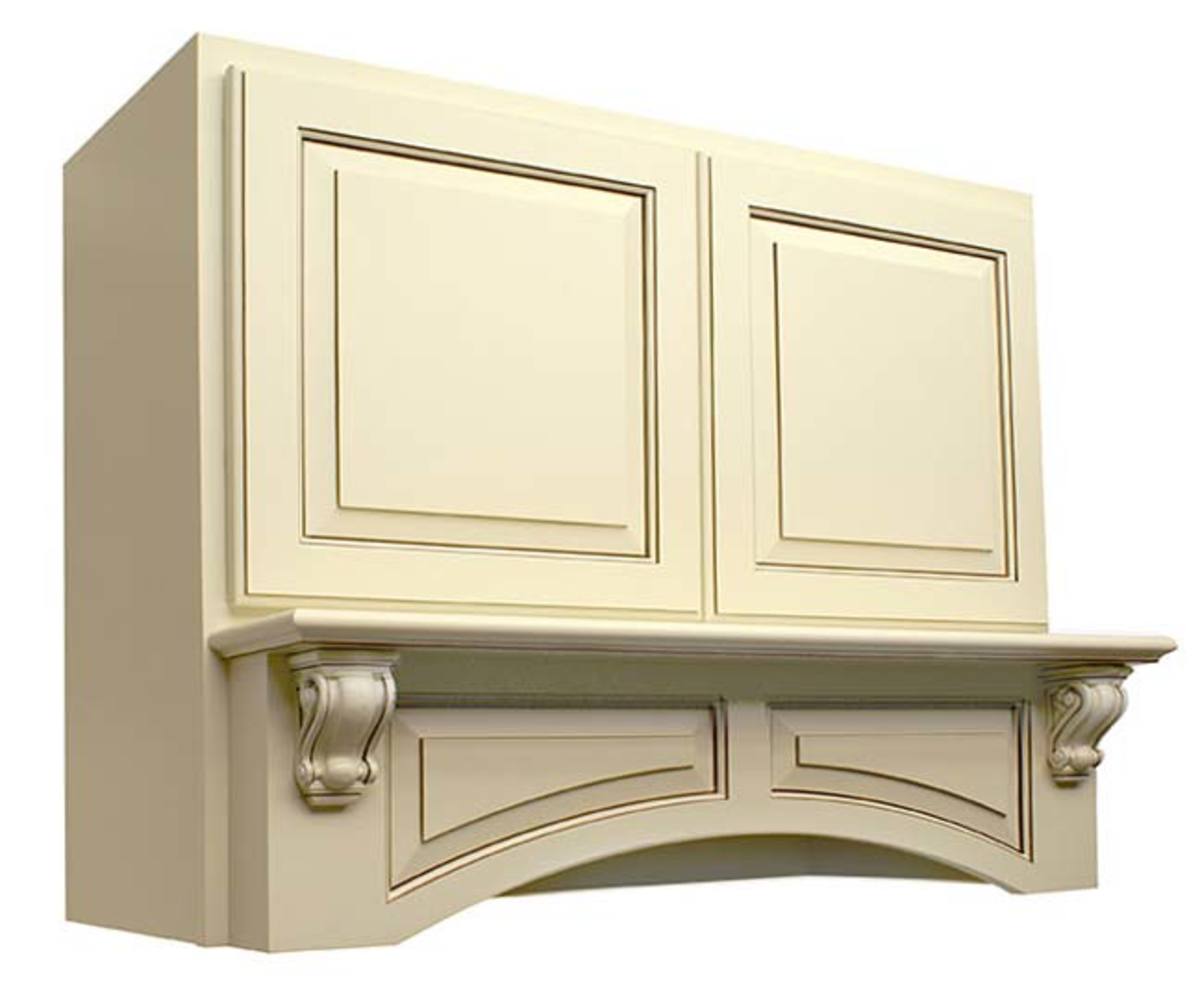How to Find those Hidden Energy-Wasting Thermal Leaks in Your House and Save Money on Heating Bills
Heating Bills Can Kill Your Budget
Wintertime heating bills seem to come at a bad time for your budget. Expenses for the holidays and other year-end bills come at the same time. I want to save money everywhere I can. If you are like most people, you feel the same way.
How much of home energy is wasted? Read this article to find the answer.
And another thing: your heating bills get higher every year. whether you heat by oil, propane, or electricity.
It's time to get started. Here is good book on insulation and weatherization that will get you started. I'll follow with a few suggestions, including an inexpensive tool that can help you identify where you can save: a thermal leak detector.

How to Get Started
Insulate & Weatherize (Taunton's Build Like a Pro) (Paperback) by Bruce Harley (2002) 208 pages. Good overview of proper weatherization.
More Ways to Cut Your Heating Bill
Switch to a renewable source of energy, such as solar or wind. But this takes time, and – despite all the government and utility incentives – a professionally-installed whole house solar or wind system requires a heavy up-front investment. And your house may not be suitable for solar or wind energy.
Switch to a cheaper supplier for your home heating. If you heat with electricity consider a cheaper power supplier. Electric rates will keep going up during the next ten years. Many states and utilities offer “supply choice” – your utility will deliver your cheaper supplier’s electricity to your home charging you only for electric service and other basic charges. If you use oil or propane, check around for a cheaper supplier.
Have your heating system inspected to make sure it is performing as efficiently as possible.
Add additional insulation in your attic. Insulate basement walls, or if you have a crawl space under your house, add extra insulation under your first floor. Stop heat loss into your attic.
Most Homes Leak Valuable Heated Air
Make sure your house is not losing valuable heated air due to “thermal leaks.” You’ve spent a lot of money heating up the air in your home. In some houses, as much as 30 percent of the money spent on home heating and cooling may be wasted through small leaks throughout the house.
How to Check for Thermal Leaks.
Many thermal leaks are easy to find – if it's cold outside, just move your hands around your doors and windows. If you can feel a draft or if you can feel the cold – you have a leak.
There’s a product on the market that can help you discover these leaks – it’s called a thermal leak detector. Now you can pinpoint leaks more precisely -- even leaks that are too small to feel with your hand.
How Much Money Spent on Heating Bills is Waster?
AS MUCH AS _____ PERCENT OF the money spent on home heating and cooling may be wasted through small leaks throughout the house.
Black & Decker TLD100 Thermal Leak Detector.
The B&D TLD thermal detector gives readings from -22°F to 302°F (-30°C to 150°C). Here’s how it works.
Simply set the detector's temperature tolerances to one, five, or 10 degrees. Then scan the light across the area you want to inspect. Watch as the light spot changes to blue indicating a cool spot. The detector displays temperatures in either Fahrenheit or Celsius on the LCD screen. Here are the three simple steps:
- Hold and aim near the location you want to scan for a draft or thermal leak. This will be a "reference point."
- Turn the power on and keep the detector aimed to that point until you see a green light light on the target. Note the reference temperature on the screen.
- Then slowly scan the the detector across the area you want to check. If the spot shows red, it is hotter than your reference point; if it shows blue it is colder. You can also check the temperature of your target.
Check for drafts or leaks around your fireplace, recessed lighting, electrical outlets, along floor molding, or any place that may have improper seals, caulking, or seams that aren't immediately visible.
Other thermal detectors are designed as multi-purpose temperature sensors. One good choice:
Etekcity Infrared Thermometer
Etekcity Lasergrip 1080 Non-contact Digital Laser Infrared Thermometer
This all-purpose thermal detector has a range of -58 to 1022 degrees F. It can be used for home energy management in a manner similar to the Black and Decker model described above. It's somewhat less expensive. The built-in Laser allows honing in on the exact space you want to measure. Unlke the B&D detector, it doesn't compare the"relative thermal difference" between two targets with a red or blue spot; and it doesn't calculate the average temperature between the target and the reference.
The Etekcity unit can also be used for cooking and barbecuing, performing auto maintenance, doing home repairs, checking wood-burning stove temps and other household tasks.
Other uses for a thermal detector
You can also use thermal detector in the summertime to find places where warm air from outside is entering your air conditioned home.
Check your refrigerator and freezer settings. And check for possibly unsafe hot spots in your home.
In sum, a thermal detector is a handy tool to have around your home.










